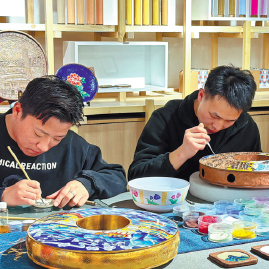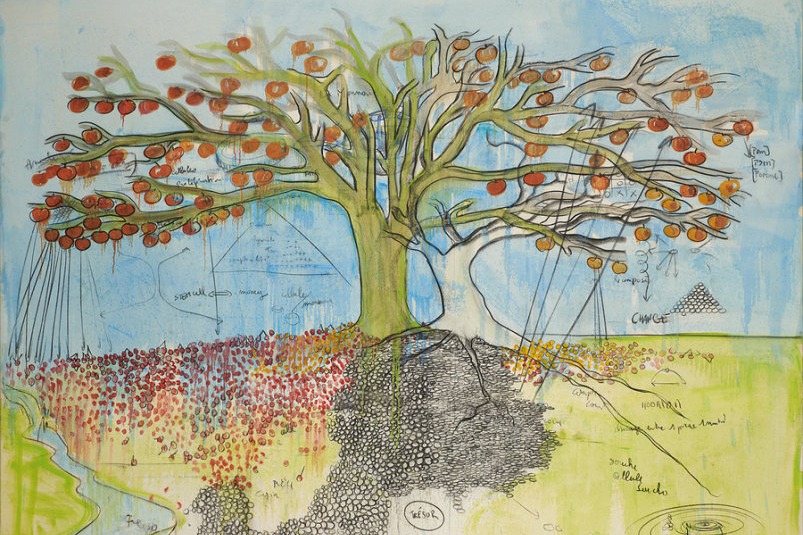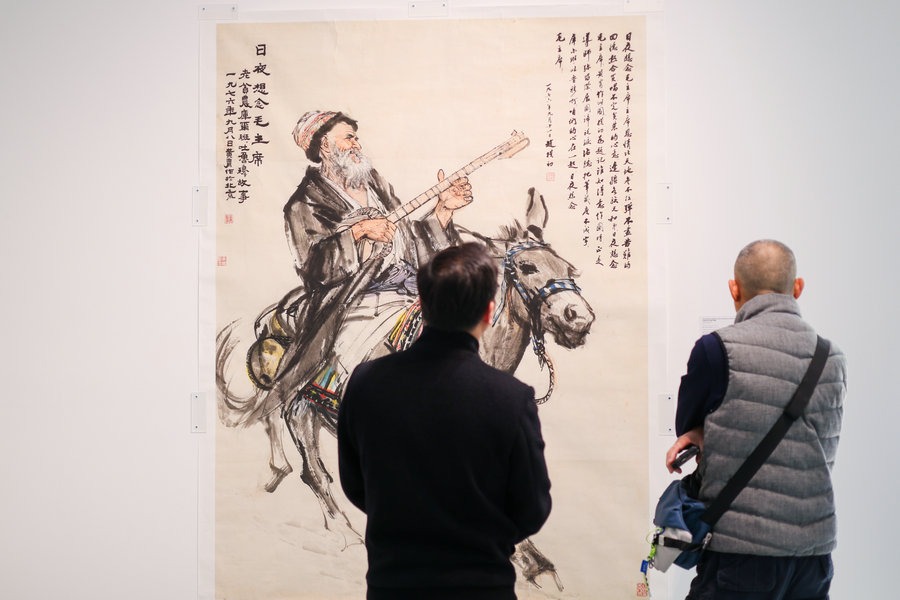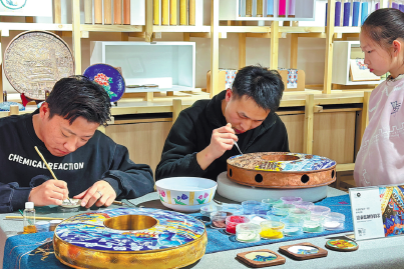Reshaping heritage gives buyers a sense of history
Fourth-generation practitioner shares ancient craft techniques that are evolving to attract younger generations, Yang Feiyue reports.

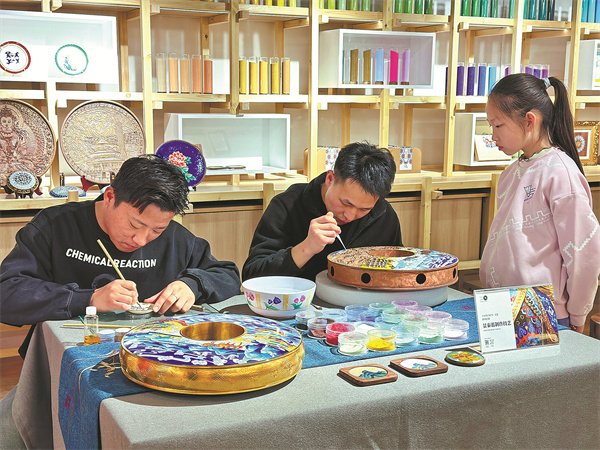
Her ingenious maneuver has enabled the ancient art form to gain traction among an increasing number of contemporary consumers, especially younger generations.
"Before paper existed, our ancestors sliced this stem into sheets thinner than silk," she says as she holds up the sliced snow-white pith of the plant.
What makes the material extraordinary is its chameleon-like quality — translucent enough to mimic cherry blossoms when thinly worked, yet capable of layering into the plump curves of magnolias, she explains.
"They mimic real flowers: natural, biodegradable, and surprisingly durable," Li says with obvious admiration for the art.
"The whole production process makes zero waste, as the entire plant is utilized. We grind the scraps to make pigment with pollen," she notes, adding that the handmade technique hasn't changed throughout history.


